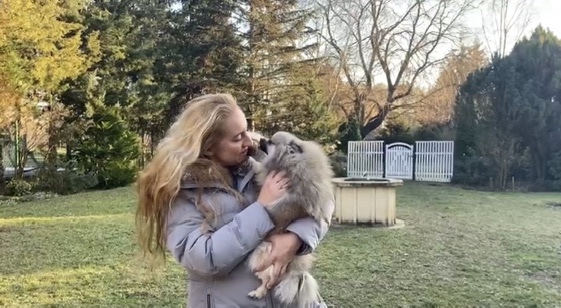animals
Worth Watching: white-tailed eagle pair started a winter/spring clean-up – VIDEO

BBC: Lost Hungarian vizsla found in England with jaw-dropping new method

Miraculous Hungarian cat can become Norway’s Therapy Animal of the Year

Deadly virus detected in East Hungary

Cuteness overload: The youngest, palm-sized resident of Budapest Zoo – PHOTO

Hungarian mythical animals and what they symbolise

Beloved Hungarian cartoon characters that everybody knows

Bird flu detected in SE Hungary

Budapest faces record high rat infestations

Hungarian government: Animal protection a common cause

PHOTO: New forint coin with truly unique motif coming today!

18+ VIDEO – Hungarian horror slaughterhouse: Rusty saw, bloody floor

The Asian hornet is now present in Hungary: should we start panicking?

What’s legal Hungarian dog breeders’ take on illegal dog breeding? The other side of the story

Hungary’s Semmelweis university discovers how animals can help us heal

VIDEO: Rarely seen animal recorded in Hungary

Terrifying giant bees spreading in Hungary

Disturbing VIDEO: Bedbugs cover patients in a nursing home in Western Hungary






